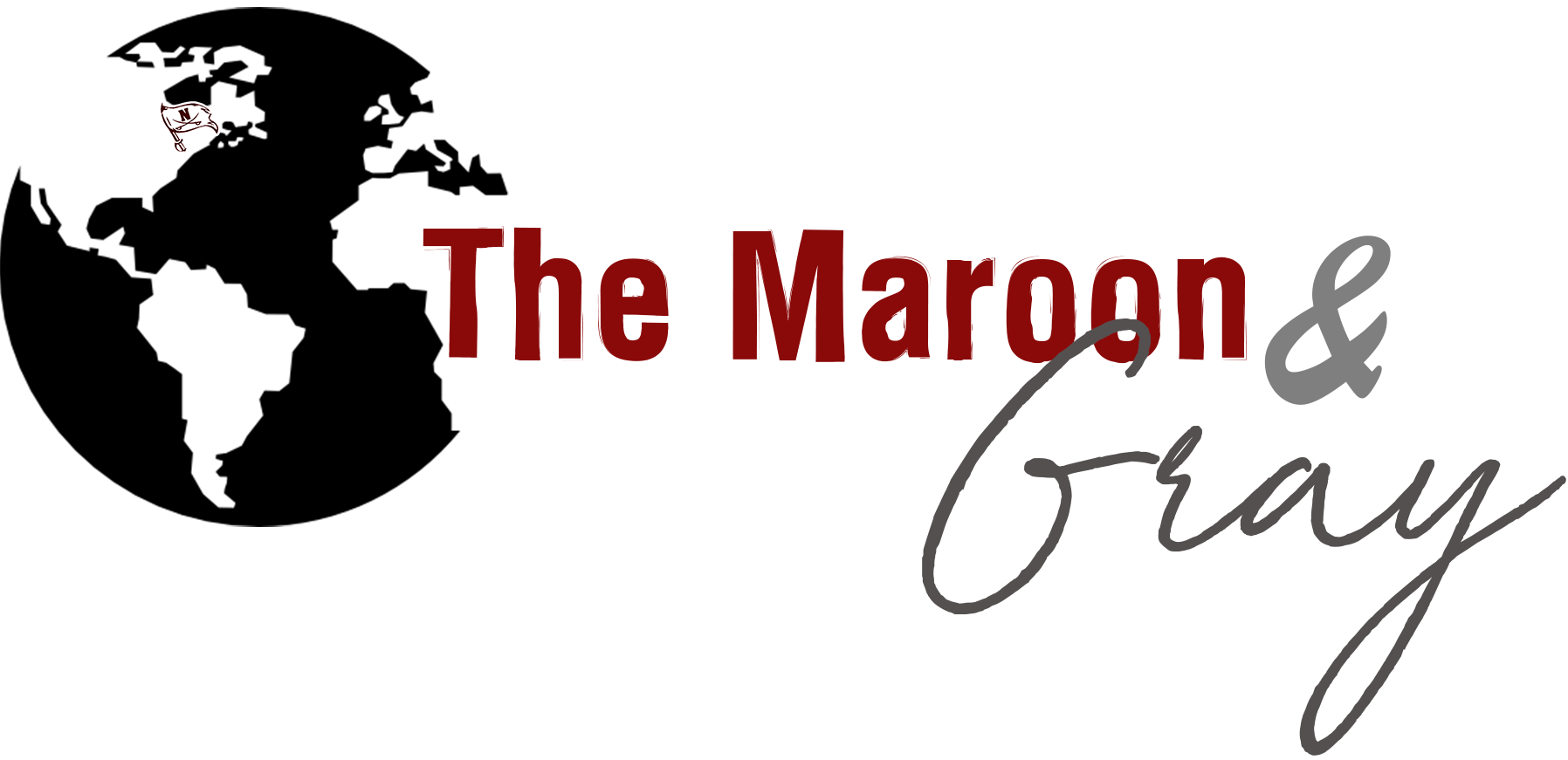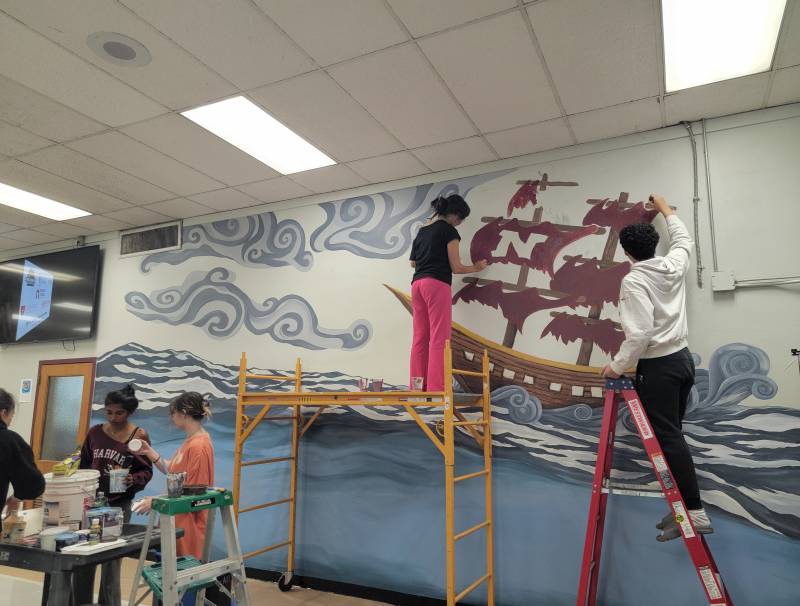Tables or Desks?
Desks. They’re a symbol of the education system. An outdated, uncomfortable symbol of the education system. Not only are desks extremely uncomfortable to sit in, but they may be inhibiting the learning process in the classroom.
Currently, an overwhelming majority of classrooms have desks than tables. The majority of the classrooms that use tables are elective classes, which already have a unique curriculum that may require a specific teaching style. Core curriculum classes have desks, which inhibits the effectiveness of the classroom. In core curriculum classes, tables should begin to gradually replace desks to benefit the students' education.
Tables in classrooms help highlight what education is truly about: learning. In a Ph.D. thesis, Johanna Wegner Herndon examines the benefits and drawbacks of tables. Tables were found to increase attention with comfortability, be space-efficient, bring a positive social climate and community, dramatically increase teamwork and student interaction and involvement, aid teachers with lesson planning, and benefit the student’s learning capabilities with peer aid. The study concluded that both teachers and students found tables to be more effective and enjoyable in the classroom than desks.
As a student spending several hours a day in school, I agree with the findings. I have found that classes that have tables are more enjoyable than classes with desks. I can interact with my peers both socially and for help. Topics can become much more digestible and easier to understand when working with others. It becomes more focused on learning the subject matter than individually studying the subject. Tables feel as though they place an emphasis on learning, especially hands-on learning.
Tables are also much more comfortable for students than desks. Desks are cramped, isolating, and difficult to sit in for long periods. Especially for larger students, desks can become distracting. Tables are spacious, allowing students to focus on the teacher or their work rather than their comfort.
There are three drawbacks to tables which include difficulty in classroom management due to excessive socialization, cost, and cheating.
Classroom management refers to the teacher’s ability to manage their classroom, including students’ sociability. According to the thesis, excessive socialization was noted throughout some of the classes, but was more prevalent in teachers observed with weaker management skills.
Perhaps excessive socialization can be mitigated if tables were introduced in more classes. Students would feel as though they have less of an obligation to socialize with other students if they had equal opportunities throughout the day. If tables were to be gradually introduced, students would become more attuned to the expectations of the classroom with tables.
The cost of tables is another drawback, but the least concerning. While tables are cost-effective, it would require a gradual transition from switching classrooms from desks to tables. Considering money management towards other important projects, tables and desks could not be swapped all at once. Ultimately, however, the switch from desks to tables would be cost-effective in the long run and worth the money.
The largest concern for classrooms with tables is potential cheating. Tables have been shown to increase the prevalence of cheating on tests, particularly in the subjects of Math and Science. According to the thesis, in subjects like English and social studies, cheating was not a common occurrence.
Classes that use standardized testing often should consider keeping desks. Otherwise, cheating during tests can be mitigated through teacher observation, using items to block the view of other tests, rearranging seats, or using several test versions.
Overall, the positives of tables in a high school setting outweigh the negatives. Tables put the focus on the student’s social and learning capabilities, building life skills like teamwork, problem-solving, grace, empathy, and confidence. Put in capable hands, tables can be much more beneficial to the classroom than outdated desks. A new style of learning is upon us, and it’s time for NHS to embrace it.






